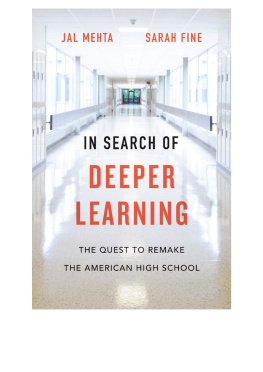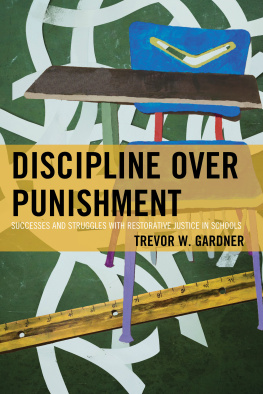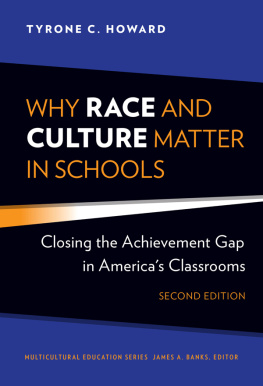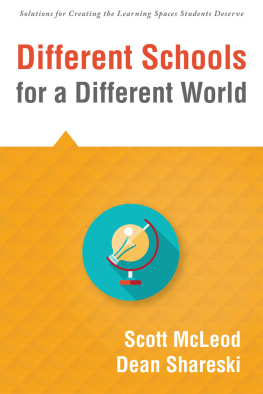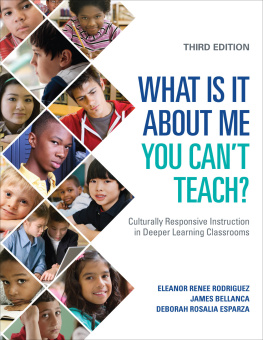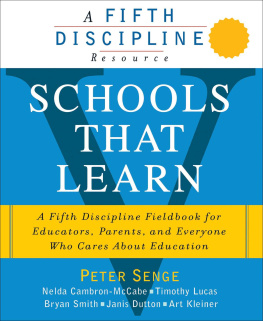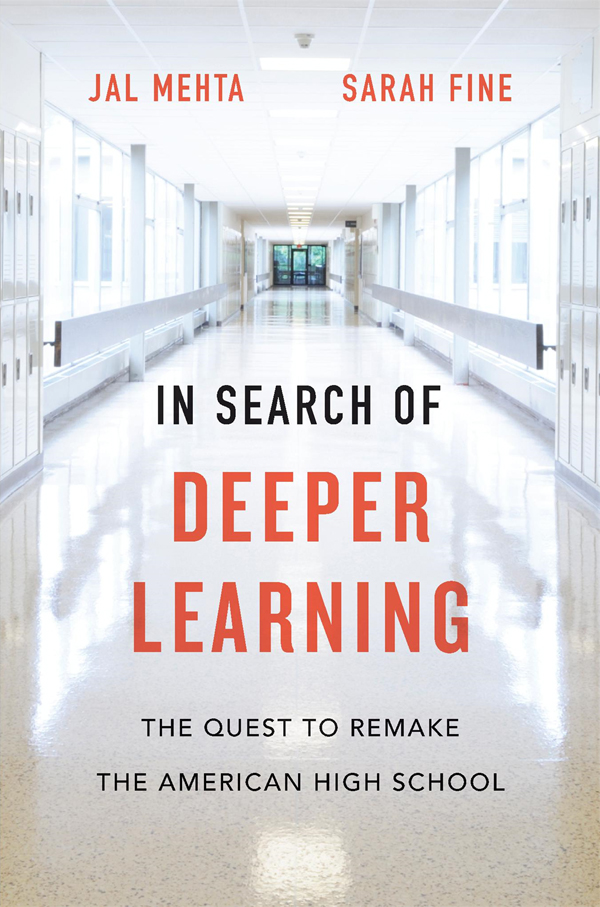978-0-674-98839-2 (alk. paper)
Library of Congress Cataloging-in-Publication Data is available from loc.gov.
IT WASNT UNTIL we stepped outside for a mid-afternoon break that the doubts became too serious to ignore.
On the surface, all was well. Our flights were on time. The West Coast weather was sunny and warma welcome respite from the New England winter. Adults and adolescents at Inspire Academy (a pseudonym) were gracious.Leaders took the time to talk with us; teachers welcomed us; students didnt balk when we joined them at lunch. When we said that we had come to Inspire as part of our research on how American high schools could create powerful learning experiences for more students more of the time, people nodded knowingly. Their school, they told us, was leading the charge on that frontusing project-based learning to support students in developing both deep academic knowledge and twenty-first century skills such as collaboration and creative problem-solving.
By the middle of the second day, however, it was clear to both of us that something wasnt right. Despite the time and effort that had gone into choosing Inspire as a site for our research, it was becoming hard to shake the thought that we had picked the wrong place. In a tenth-grade English class, students slumped their way through a scene fromOthello,reading out loud only when threatened with detention and spending much of the period filling out a worksheet that told them to summarize what they had read. In an eleventh-grade biology course, students spent thirty minutes passively listening as their teacher read out the directions for ahighly structured experiment, the outcome of which everybody already knew. In a ninth-grade social studies class, a young teacher shouted over her students side conversations, her voice increasingly shrill. When we asked students why they were doing what they were doing, their most common answers were I dont know, because the teacher told us to, or, in one memorable instance, ask that girl over thereshes the one who knows whats going on in this class.
There was one bright spot. In Ms. Ortizs eleventh-grade English classroom, tucked away in an upstairs corner of Inspires sprawling building,students had spent a month reading and analyzing Kate ChopinsThe Awakening.Now, drawing on the themes from the novel, they were working on a project that asked them to use original art to challenge narratives they found oppressive. The room hummed with purposeful activity. Some students clustered around tables, immersed in their creations, while others worked on the accompanying written analyses. When we asked them to discuss their work, they did so thoughtfully and articulately, explaining how, unlike Chopins protagonist, who saw suicide as the only escape from societys expectations, they were using art to challenge the narratives they saw as constraining. Next week, they would exhibit and explain these creations to an audience of peers and teachers.
As we sat on a patch of grass near the schools front entrance, we compared notes and tried to work through the questions that were bubbling up. Why were there such gaps between Inspires espoused values and its enacted practices? How could a school that had been recommended as a leader in the fieldin foundation-commissioned case studies and by many educators and reformersso dimly resemble its reputation? How did Ms. Ortiz learn to do what she did, and why was Inspire unable tospread such effective practices to more of its teachers? Was Inspire really among the best the United States had to offer when it came to engaging underserved high school students in powerful learning experiences? If it was, what did that say about our projectand about our field

These were not the questions that had brought us to Inspire. We began 2010 in an optimistic frame of mind, having secured a small grant to study a range of successful American public high schoolsparticularly, but not exclusively, those serving disadvantaged studentsand try to understand what made them tick. In an era when standardized testing reigned supreme, we wished to question the logic that labeled good schools as those whose students did well on tests, and instead study places that were not merely achieving academic minimums but helping students to flourishto think critically, to become engaged in their learning, and, in a variety of ways, to prepare for the demands of twenty-first-century life.
Since we suspected that the answers to these questions might be multiple rather than single, we wanted to capture a variety of different approaches to achieving these goals. We would visit schools that varied widely in pedagogical approaches, governance, and design, including traditional comprehensive high schools, charter schools, magnet schools, pedagogically traditional and pedagogically progressive schools, urban schools, and suburban schools. Our plan called for us to immerse ourselves in these places using ethnographic methodsobserving classes, talking with teachers and students, examining artifactsto try to understand the varied approaches to bringing public high schools into the modern age.
The timing for such a study was ripe. While there had been a spate of studies on high schools in the 1980scaptured in classic works such as Sizers Horaces Compromise, Lawrence-Lightfoots The Good High School, Powell et al.s The Shopping Mall High School, and Goodlads A Place Called Schoolshifting trends in scholarship had moved away from the kind of holistic and humanistic perspectives that characterized this well-known work. In addition, the creation of charter schools in the early 1990s, along with the small school movement in the late 1990s and early 2000s, meant that there was now a much greater range of institutions to study.
We also wanted to tap into the increasing public desire to improve high schools, which many had come to see as the final, and most challenging, frontier of K12 school reform. While there has been some progress in student achievement in math and reading in fourth and eighth grades over the past several decades, high school achievement in math and reading in the United States has been flat. Since this range of indicators suggested that high school continues to be the hardest place to make progress, we were hoping to study break-the-mold high schools to understand what it would take to create engaging, equitable, and intellectually vibrant learning environments for all adolescents.
The problem was finding such schools. Inspire was not an exception. At school after school, as we shadowed students through their days, we found gaps between aspirations and realities. Most classrooms were spaces to sit passively and listen. Most academic work instructed students to recall, or minimally apply, what they had been told. When we asked students the purpose of what they were doing, the most common responses were I dunnoits in the textbook, and maybe itll help me in college. We had seen such lackluster classrooms before, of course, but these were in highly recommended schools where we had hoped to find a model that would transcend the norm. All too often, things looked the way they had at Inspire: big ambitions and significant struggles.


